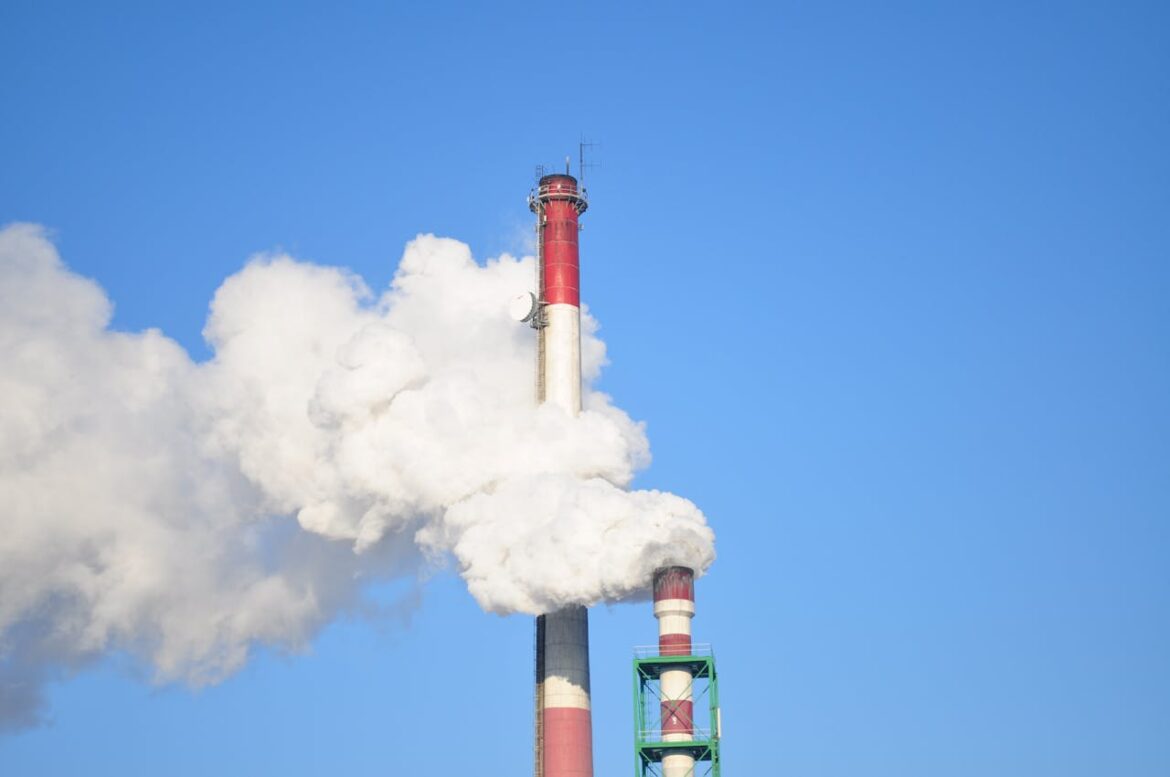Introduction: The Growing Focus on Carbon Sequestration
In August 2024, U.S. energy companies are increasingly channeling substantial investments into carbon sequestration projects, reflecting a resolute commitment to combat climate change. This shift emphasizes the urgency of mitigating climate-related risks and moving towards sustainability. As global temperatures continue to rise, the need for innovative solutions to address greenhouse gas emissions has never been more critical.
Understanding Carbon Sequestration
Carbon sequestration is a complex process designed to capture carbon dioxide (CO2) emissions and store them safely underground or utilize them in various industrial processes. The goal is to prevent these emissions from entering the atmosphere, thereby contributing to the reduction of greenhouse gases and their detrimental effects on climate. David Lin, an environmental scientist, underscores the importance of this approach, stating, “Carbon sequestration is critical for achieving net-zero goals. It’s a bridge to a sustainable energy future.” This highlights the role of carbon capture technologies as pivotal strategies in the broader context of climate action.
Key Developments in Carbon Sequestration
Several promising developments have emerged in the carbon sequestration space. Notably, industrial capture initiatives are underway in states like Texas and Louisiana, where facilities are implementing sequestration techniques to lower emissions sourced from oil refineries and power plants. Furthermore, advancements in Direct Air Capture (DAC) technology are being pursued by companies such as Climeworks and Carbon Engineering, which aim to remove CO2 directly from the atmosphere. Another significant trend involves agricultural integration, wherein farmers are adopting practices such as biochar application and no-till farming, which serve to sequester carbon in the soil, thus enhancing its fertility while contributing to climate mitigation.
Environmental Benefits of Carbon Sequestration
One of the most compelling arguments for investment in carbon sequestration is its potential to mitigate climate change significantly. By reducing atmospheric CO2 levels, these technologies create a direct path towards achieving global climate goals. Moreover, carbon sequestration supports industries in their transition to cleaner technologies, creating an opportunity for innovation and advancement in sustainable practices. This dual benefit not only addresses environmental concerns but also presents economic opportunities, reinforcing the interconnectedness of ecological health and economic growth.
Challenges Facing Carbon Sequestration
Despite the advantages and progress made in carbon sequestration, several challenges continue to hinder its large-scale deployment. High operational costs associated with capturing and storing CO2 pose significant barriers to entry for many companies. Additionally, there remains limited infrastructure capable of supporting extensive carbon capture initiatives across the country. Nevertheless, federal tax incentives and investments from the private sector are emerging as catalysts for accelerating the transition towards effective carbon sequestration solutions. These financial mechanisms aim to stimulate innovation and lower the cost burden on companies investing in these technologies.
The Landscape of Carbon Sequestration in 2024
With 2024 witnessing an unprecedented level of activity and investment in carbon sequestration, it stands as a landmark year for climate innovation in the United States. Companies and industries are increasingly aware of the necessity for environmental stewardship, and investments in carbon capture technologies reflect this evolving awareness. As public demand for sustainable practices grows, firms that prioritize carbon sequestration may find themselves leading the charge towards a more sustainable and responsible energy landscape.
Conclusion: The Future of Carbon Sequestration
In summary, the investments made by U.S. energy companies into carbon sequestration projects highlight a decisive step toward combating climate change. By harnessing the power of these technologies, industries can significantly reduce their carbon footprints while paving the way for innovative solutions to emerge. Although challenges persist, the combined efforts of both public and private sectors can catalyze progress and ultimately foster a sustainable energy future.
FAQs
What is carbon sequestration?
Carbon sequestration is the process of capturing CO2 emissions and storing them underground or using them in industrial processes to prevent their release into the atmosphere.
Why is carbon sequestration important?
It is crucial for reducing atmospheric CO2 levels, which helps mitigate climate change and supports the transition of industries towards cleaner technologies.
What are some examples of carbon sequestration technologies?
Examples include industrial capture systems in oil refineries, Direct Air Capture (DAC) technologies from companies like Climeworks, and agricultural practices that promote soil carbon sequestration.
What challenges does carbon sequestration face?
The primary challenges include high operational costs, limited infrastructure, and the need for significant investments to bring these technologies to scale.
How can government policies support carbon sequestration?
Government policies can support carbon sequestration through incentives such as tax breaks and grants, which can lower the financial burden on companies investing in these technologies.

